Cervical Spine Pain Relief: 3 Effective Exercises

Would giving your child a piggyback, give you neck pain? Then this article is for you.
Research shows that exercises help neck pain. [1] But which neck exercises are most helpful for your cervical spine pain (neck pain)?
In this issue of Bodi Empowerment, I show you three exercises to help your cervical spine pain. These exercises are a modification of the McKenzie exercises that I have found helpful for your cervical spine.
See Also: The 5 Best Exercises For Your Stiff Neck
Relieving Neck Pain: Understanding the Role of Postural Stress
Neck pain often stems from overstretched ligaments induced by prolonged postural stress. Over time, poor posture incrementally elongates ligaments, leading to the onset of pain.
If unaddressed, this prolonged stress extends to the muscles in the back of your neck and upper back, causing tightness. Simultaneously, the muscles at the front of the neck weaken, creating a muscle imbalance.
1. Chin Tucks For Cervical Spine Pain
One effective method to counteract the stress on ligaments and muscles is to incorporate the double chin exercise into your routine. This targeted exercise aims to alleviate tension, promote balance, and contribute to overall neck health.
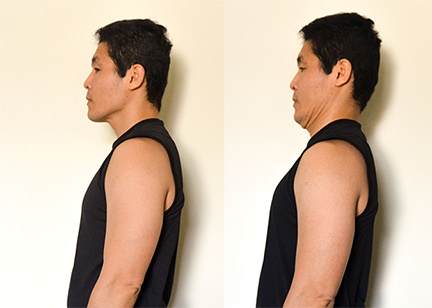
The chin tuck, also known as a “double chin” exercise, is a simple and effective movement aimed at strengthening the muscles at the front of your neck while promoting proper neck alignment. Here’s how to perform a chin tuck:
- Sit or stand with good posture: Maintain an upright position with your shoulders relaxed and your spine straight.
- Gently nod your head: Begin by lowering your chin towards your chest in a nodding motion. Imagine creating a double chin by bringing the front of your neck backwards.
- Avoid tilting or rotating: Keep the movement isolated to the nodding motion without tilting your head forward or backwards. The goal is to slide your head directly backwards.
- Hold the position briefly: Once your chin is tucked, hold the position for a few seconds, feeling a gentle stretch along the back of your neck.
- Return to the starting position: Slowly return your head to the neutral position, maintaining the awareness of good posture.
- Repeat: Perform the chin tuck for a series of repetitions, gradually increasing as your muscles become accustomed to the exercise.
The chin tuck is a subtle yet impactful exercise that helps counteract the effects of prolonged forward head posture.
2. Look Up! (Sitting Extension) For Cervical Spine Pain
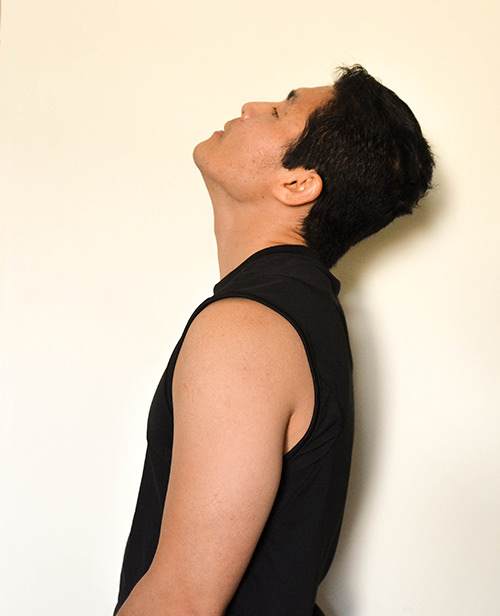
The Retraction Extension McKenzie exercise, also known as the “McKenzie chin tuck with extension,” is a therapeutic movement designed to alleviate neck pain and improve posture. Here’s a step-by-step guide on how to perform this exercise:
- Starting Position:
- Begin in a seated or standing position with an upright posture. Ensure your shoulders are relaxed, and your spine is straight.
- Chin Tuck (Retraction):
- Start by gently tucking your chin towards your chest, as if creating a double chin. Focus on sliding your head backwards without tilting or rotating.
- Hold Chin Tuck:
- Hold the chin tuck position for a few seconds, feeling a mild stretch along the back of your neck. This initial phase is the retraction component of the exercise.
- Extension:
- After holding the chin tuck, smoothly transition into the extension phase. Lift your head upward and backwards while keeping your chin tucked. Aim to extend your neck without straining.
- Look Upward:
- As you extend your neck, allow your gaze to move upward. Ensure that the extension is controlled and remains pain-free.
- Hold Extension:
- Maintain the extended position for a few seconds, feeling a gentle stretch along the front of your neck.
- Return to Neutral:
- Slowly return your head to the neutral position, bringing it back to the starting point.
- Repeat:
- Perform the Retraction Extension McKenzie exercise for a series of repetitions. Gradually increase the number of repetitions as your neck becomes accustomed to the movement.
This exercise is part of the McKenzie Method, an approach that aims to centralize or alleviate pain by promoting specific movements. The Retraction Extension exercise helps improve the mobility of the cervical spine, reduce neck pain, and encourage a more neutral neck posture.
3. Neck Rotations For Cervical Spine Pain
Cervical spine pain comes from different sources including ligaments, muscles and discs as I have mentioned above. When you have no more pain or very little pain you can increase your range of motion in rotation.
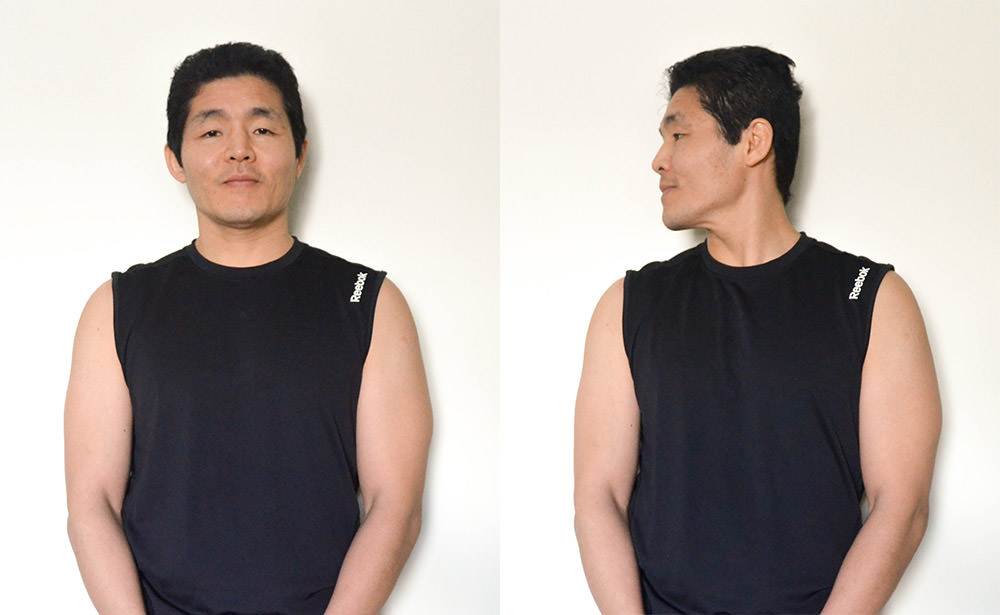
- Sit down and do a double chin and keep that position as you do this exercise.
- Turn your head as far right as you can go. Now turn your head as far left as you can go
- If you get pain continue on the side of pain. Yes, rotate your head into the pain. Not hard. Just a little bit into the pain
- Your cervical spine pain should decrease
- If the pain increases switch sides and continue only on that side.
Feel free to share your questions thoughts and experiences in the comments below, and don’t forget to connect with us on Facebook for more updates and tips on improving your health. We’d love to hear your opinions on who you consider the best Toronto chiropractor.
1. Bronfort G, Evans R, Anderson AV, et al. Spinal manipulation, medication, or home exercise with advice for acute and subacute neck pain. Annals of Internal Medicine. 2012; 156(1):1–10.
Related Categories: Neck Pain, Posture, Stretches, Upper Back Pain
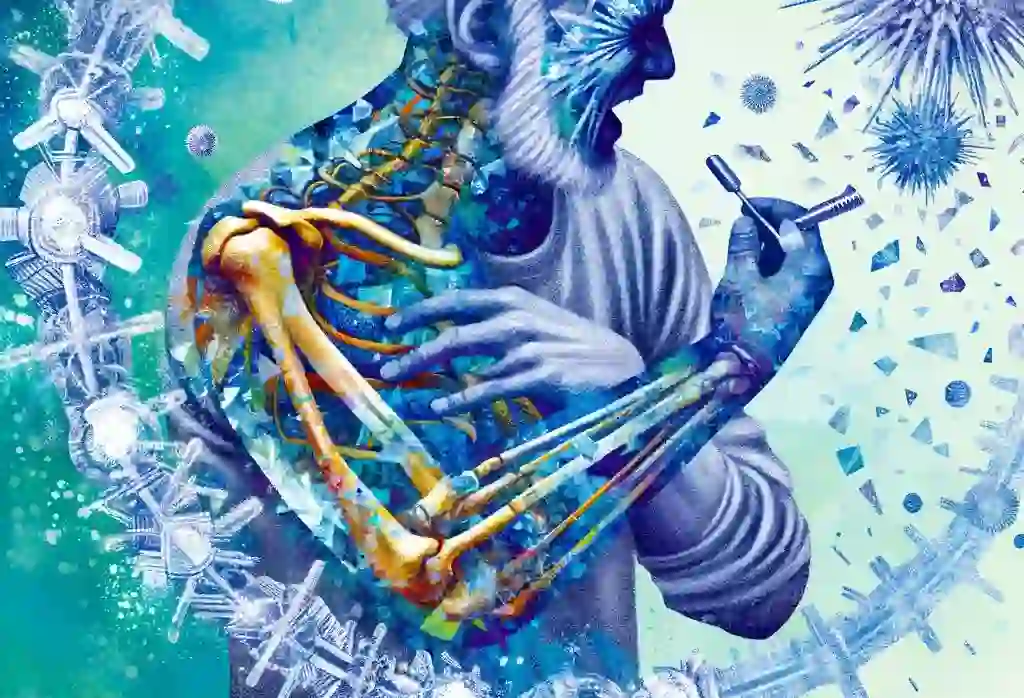

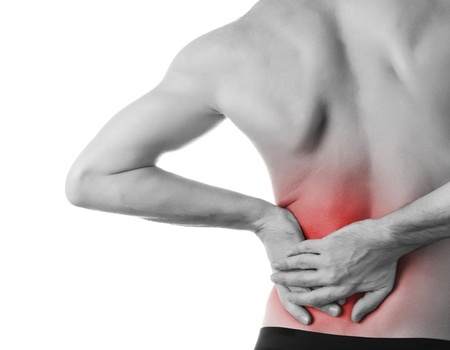
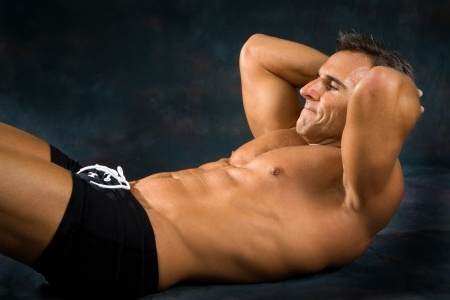
Hi,
I have tingling and numbness in my left arm (especially forearm to fingers) when I raise my neck up toward the ceiling. My range of motion to the left and right is normal. I feel soreness in my neck on the left side when i bend my neck towards the floor and my chin touches the chest, but no tingling or numbness.
My cervical spine MRI findings are as follows:
“There is no spondylolisthesis. There is disc desiccation at C6/7. Reduction in the C4/5 to C6/7 disc space noted. There is no marrow or paravertebral soft tissue edema. The spinal cord returns normal signal and there is no intraspinal mass seen. The structures of the imaged posterior fossa are unremarkable. At C3/4 to C5/6, there are diffuse disc bulges/posterior protrusions that indent the theca sac. No neural foramen narrowing is seen. At C6/7, a posterior disc protrusion indents the thecal sac. There is an ovoid focus at the left neural foramen that may be due to disc protrusion/sequestration, results in left neural foramen narrowing. However, a mass is not excluded.”
Can you guide me with the right exercises and postures? Thanks very much.
Author
Thanks for your question Chetan. Try these exercises. https://www.bodiempowerment.com/cervical-disc-herniation-best-exercises-help-sore-neck/
These exercises can make you worse. If the pain increases or symptoms like numbness, tingling or pain go further down the into the fingers or get stronger than you are getting worse and should immediately stop the exercises. These exercises should be supervised by a health professional that knows about these exercises.
Thanks Dr. Ken. I will revert with the results after trying out the exercises.
Author
You are welcome Chetan.
Hi, I’m 60 years old and my MRI showed that I have bulging Disc to posterior central C5-6, C6-7 and extrusio disc tall as C5-6 to left resesus lateralis. Pasca contras very impressed of HNP C5-6 left, not seen listeris/collaps vertebra along cervical and a little bit scoliosis cervico thoracal desroversi. I had recover afer 3 months went to neurologist doctor.
I had a numbness in my left thumb finger. For many years I ‘ve practise yoga and swimming.
Will appreciate your advise for me to do both excercise ? Thanks…
Author
Thanks for your question Francisca. I would just do the chin tucks for now. However if that causes pain, numbness or tingling then you should stop and the exercises are not for you.
Hope that helps your bulging cervical disc.
thanker for your web sit
reza/iran/mazandaran
thats perfct exersice for peopel this days
Author
You are welcome Reza. Hope that helps the pain in your neck.
Dr ken I have a question my physiotherapist says I have a bulged disk c7 when I went in for shoulder blade pain from lifting weights. She had me do retractions and extensions for my neck but it was hurting even more now I find it hard to hold my head up when in a car driving. could when I do retractions and extensions hurt my neck more for any reason cause when I do them it hurts a lot. Any advice would help Ty.when I was lifting weights the next day killed when driving in the car then neck pain was gone but shoulder was sore I’m afraid to do retractions and extensions now cause of how much pain it gave me thanks for your time.
Author
Thanks for your question Rob. Great question. First when do retractions they shouldn’t give you any symptoms below the neck. Not even a slight tingling or mild pain. You are surely making the problem worse at that point, if you feel any symptoms.
You can always use a towel like in this video: https://www.youtube.com/watch?v=uBBuz4owsb4
Don’t do the extension part when you are not ready. You should just do repeated retractions with a towel. Any symptoms below the neck and you should stop and not do the exercises.
Sounds like your physio knows some but not all of the technique properly or that there was a communication problem. Either way that is a problem.
The exercises should be supervised by a health practitioner.
Hope that helps your C7 disc bulge.
I have pain on the sides of my neck that radiates to my throat. It get worst with facial paresthesia when traction is used with ift and heat. Only subside with ultrasound. MRI showshave D1-2 podterocentral bulge,mildly abutting the spinal cord and C3-4 C 4-5, C5-6 discs showing mild annular bulge, indenting anterior thecal sac causing no obvious neural compression
Please what do l do. The frequency of its radiation to the arm has decreased. Its over 4 years but the pain is more localise to the side of neck/throat and get trigger with bending my neck
Author
Thanks for your question Bola. Sounds like the disc but keep in mind I haven’t examined you or have a proper history. The disc doesn’t show up as in the MRI you are lying down. You get a lot more pressure in the neck by bending your neck. The MRI can’t see that.
https://www.bodiempowerment.com/advanced-posture-exercises/
Just do exercise #4.
This won’t cure you but it can give you some relief. The other exercises in this article may help but it is very likely to aggravate you an even cause a more lasting pain. I would get an opinion from a good chiropractor. I wouldn’t get your neck adjusted though.
Hope that helps your cervical disc herniation.
Hi Doctor,
I had a C6-C7 cervical operation a few years ago. That subsided the severe pain I had in my left arm. Now I am feeling numbness and weakness in my right hand. Please suggest some exercise to regain the strength of my right hand. Thanks.
Author
Thanks for the your question Asad. Just read the article and do the exercises here in this article and also in this link. https://www.bodiempowerment.com/cervical-disc-herniation-best-exercises-help-sore-neck/
Hope that helps your cervical spine.
Today, I have been diagnosed via MRI of Right Paracentral Disc Extrusion. Right now, I have only ‘moderate’ pain on my right shoulder, upper arm. The neurosurgeon attending to my case advised for an 8-week physiotherapy, NSAIDS and pain killers (though I dont take the painkillers because the pain is still bearable). He told me that if the pain still persists after the 8-week treatment, he’s considering an ACDF surgery.
Is there any other way that I could try make myself better and not undergo ACDF?
Mr. Nakamura,
I have forward head posture, are these exercises beneficial for me?
By the way, the pain is on my whole back. Thank you again!
Author
Mary I answered your question below.
After a car accident whiplash, my MRI result show central disc protrusion C4-5. I’ve been having pain from sleeping face up or side ways. I wake up from pain and I can’t get out of the bed most of the days. I’m okay during the day. What treatment do you recommend? Are there exercises to push the disc back into place? Thank you so much in advance for your help! Sincerely, Mary
Author
Thanks for coming by Mary. Sounds like you don’t have any pain going down your arm. Likely in this case you can do the exercises shown in this article. Just go to the point of pain, then stay within the pain-free range. You should see some results. If the pain is acute (very recent accident) than the you shouldn’t do the exercises until the sharp pain from moving your neck have dissipated. Once you can do the exercise without sharp pain you are ready to start.
With most accidents your insurance or the other party’s insurance should pay for professional treatment. I hope you have a competent and professional chiropractor or physiotherapist guiding you through this.
Hope that helps your cervical disc herniation.
Wow these really worked. I especially enjoyed the double chin method of stretching. I had never thought to try that before.
Author
Thanks for your comment Sampson. I am elated that the exercises worked for you. If you questions just let me know.